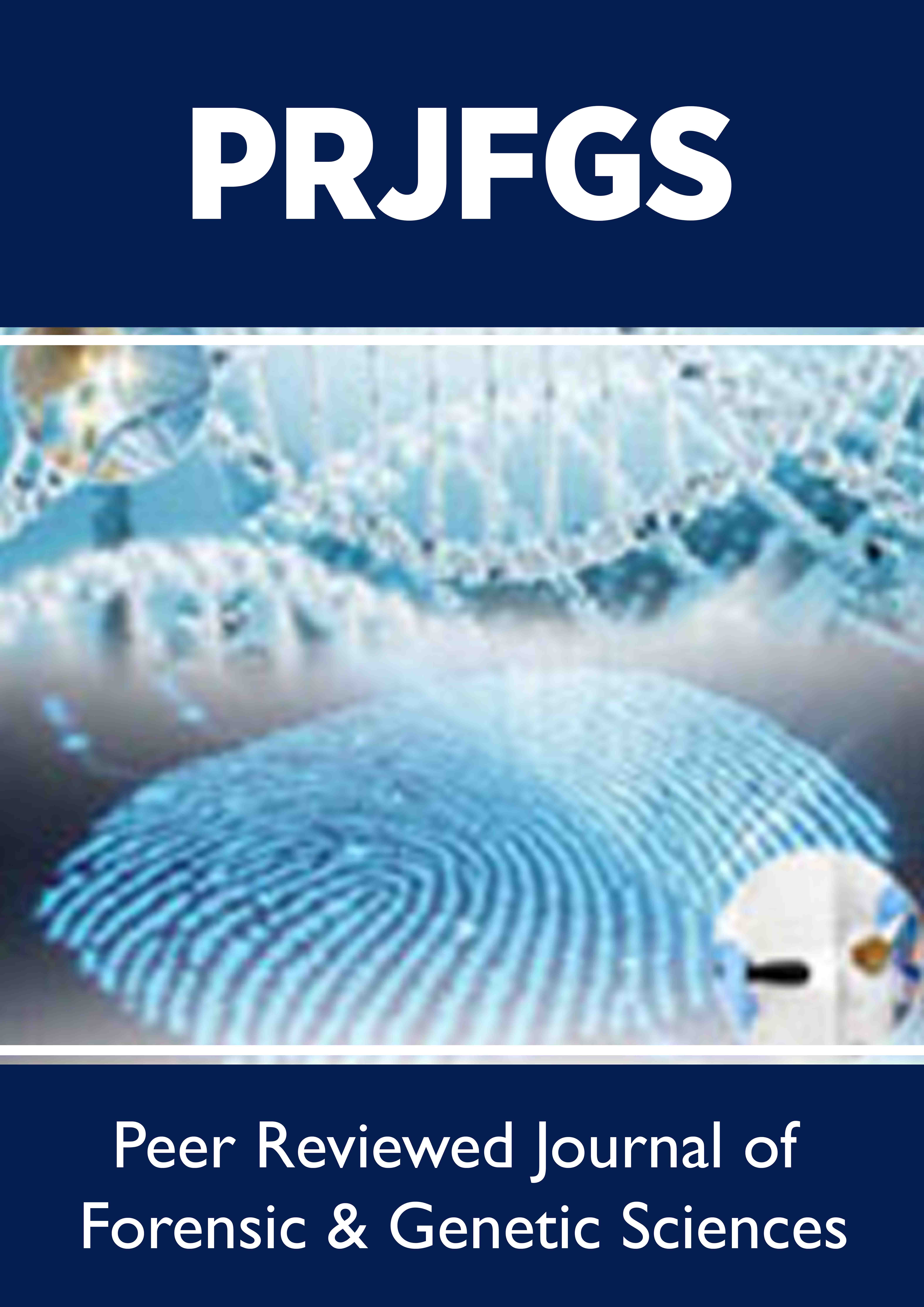
Lupine Publishers Group
Lupine Publishers
Menu
ISSN: 2638-6062
Review Article(ISSN: 2638-6062) 
Genetic Polymorphisms at 17 Y-STR loci in Uzbek Population Volume 1 - Issue 5
Kurganov Sardarkhodja*, Axmedova Dilobar, Filatova Viktoriya Muxamedov Rustam and Axmedov Baxodir
- Republican Centre of Forensic Expertise, Uzbekistan
Received: July 05, 2018; Published: July 12, 2018
*Corresponding author: KurganovSardarkhodja, Republican Centre of Forensic Expertise29, Tashkent, Republic of Uzbekistan
DOI: 10.32474/PRJFGS.2018.01.000122
Abstract
Haplotypes and allele frequencies for the 17 Y-chromosomal short tandem repeat (Y-STR) loci, DYS456, DYS389I, DYS390, DYS389II, DYS458, DYS19, DYS385a/b, DYS393, DYS391, DYS439, DYS635, DYS392, Y GATA H4, DYS437, DYS438 and DYS448 were determined in a sample of 1000 unrelated Uzbekistan males living in the regions of Tashkent (100), Fergana (75), Andijan (85), Namangan (55), Sirdarya (55), Djizax (80),Samarqand (80), Kashqadarya (75), Surxandarya (50), Buxara (100), Navoiy (50), Xorezm (97) and from Republic Karakalpakistan (98) using the Y-filer PCR Amplification Kit (Thermo Fisher Scientific).This population was demonstrated 1000 haplotypes, of which 899 were unique. The gene diversity was 0.9988 (standard error:0.005).The haplotype diversity calculated from the 17 Y-STR loci was 0.9967 and the discrimination capacity was 0.8990. The DYS385 locus showed the highest gene diversity value (0.8936), while the DYS391 locus showed the lowest gene diversity value (0.4934).
Keywords: DNA analysis; Mutation; Y chromosome; Population data
Introduction
There have been few reports regarding genetic polymorphisms at the Y-STR loci in Uzbekistan population [3]. This study aimed to investigate the haplotypes and allele frequencies for the 17 Y-STR loci in Uzbekistan population and establish forensic DNA database.
Materials and Methods
Objects of the Research: The subjects of the study were blood samples and dried saliva on sterile gauze tampons, selected from 1000 individuals.
DNA Extraction: Genomic DNA was extracted from peripheral blood and dried saliva samples using the phenol-chloroformisoamyl alcohol method.
DNA Quantification: After isolation, the quantity of genomic DNA of each sample was determined by quantitative real-time polymerase chain reaction (PCR) using the Quantifiler™ Human Male DNA Quantification kit (Thermo Fisher Scientific), which includes internal positive control to test for the presence of PCR inhibitors in the DNA extracts. Quantitative real-time PCR was performed on 7500 Real-Time PCR System (Applied Biosystems).
PCR Amplification and Detection: To ensure successful amplification, 0.5ng to 1ng of DNA was used for each multiplex amplification reaction. All thermal cycling was conducted on Applied Biosystems® Gene Amp® PCR System 9700 thermal cyclers. PCR amplification using Y-filer PCR Amplification Kit (Thermo Fisher Scientific) was performed as recommended by the manufacturer, although half of the recommended reaction volume (12.5μl) was used. Separation and detection of the 17 Y-STR loci were performed using the 3130xl Genetic Analyzer (Applied Biosystems) 16-capillary array system and filter set G5. Each sample was prepared by adding 1mL PCR product to 14mL of Hi-DiTM formamide and 0.4mL GeneScanTM-500 LIZTM internal size standard (Thermo Fisher Scientific). The sample run data were analyzed, together with an allelic ladder and positive and negative controls, using GeneMapper ID-X v3.2 (Applied Biosystems) software.
Statistical Analysis
Comparison information of the sample data was generated using an in-house software program involving DNA-expert macros designed to check for allele sharing across all loci. For all analyses the DYS385 locus was treated as a single haplotype and not two separate alleles. The gene diversity (D) was calculated as
There are limitations in the acid digestion methods as the structure of the diatoms may get destruct due to acid treatment. But newly developed method Lefort aqua regia (3:1 nitric acid to hydrochloric acid) by Huipin Wang et al. [25] has an improvement over the conventional acid digestion for recovery of diatoms from tissue samples. Conventional acid digestion methods of tissues for analyzing diatoms are time consuming, laborious and potentially dangerous. Enzymatic digestive method develops by Kakizaki and Yukawa [26] for solubilizing lung tissue by using Qiagen proteinase K, Qiagen Buffer ATL and 5N HCL can accelerate and simplify diatom extraction from suspected drowning cases. Molecular biology technique can be used for the detection of 16S rRNA subunits of ribosomal RNA for the detection of planktonic DNA from human tissues in drowned victims [27,28]. Shiwei et al. [29] advocated a new and rapid technique for drowning diagnosis of putrefactive corpse by using electric impedance spectroscopy. Fluorimetry can be used to locate and isolate diatoms in a sample of bone marrow or other tissue by luminescent properties. It can differentiate diatoms found at suspected site of drowning from other diatoms found in nature, by incorporating specific fluorescent tags [30].
The discriminatory capacity was determined by dividing the number of different haplotypes by the number of samples in that population. The discrimination capacity (DC) was determined by the formula n/N where n=the number of observed haplotypes divided by the number of samples [1].
Results and Discussion
This population was demonstrated 1000 haplotypes, of which 899 (Tashkent-100, Fergana-73, Andijan-84, Namangan-36, Sirdarya-54, Djizax-77, Samarqand-77, Kashqadarya-71, Surxandarya-46, Buxara-97, Navoiy-48, Xorezm-90 and from Republic Karakalpakistan-93) were unique. The gene diversity was 0.9988 (standard error:0.005). The haplotype diversity calculated from the 17 Y-STR loci was 0.9967 and the discrimination capacity was 0.8990. The DYS385 locus showed the highest gene diversity value (0.8936), while the DYS391 locus showed the lowest gene diversity value (0.4934). This database of 17 Y-STR loci for the Uzbekistan population would be useful in forensic examinations and human genetic studies.
References
- Coble MD, Hill CR, Butler JM (2013) Haplotype data for 23 Y-chromosome markers in four US population groups. Forensic Sci Int Genet 7(3): 66- 68.
- Nei M, Tajima F (1981) DNA polymorphism detectable by restriction endonucleases. Genetics 97(1): 145-163.
- Raphaelle Chaix, Frederic Austerlitz, Tatyana Khegay, Svetlana Jacquesson, Michael F Hammer, et al. (2004) The Genetic or Mythical Ancestry of Descent Groups: Lessons from the Y Chromosome. Am J Hum Genet 75(6): 1113-1116.

Top Editors
-

Mark E Smith
Bio chemistry
University of Texas Medical Branch, USA -

Lawrence A Presley
Department of Criminal Justice
Liberty University, USA -

Thomas W Miller
Department of Psychiatry
University of Kentucky, USA -

Gjumrakch Aliev
Department of Medicine
Gally International Biomedical Research & Consulting LLC, USA -
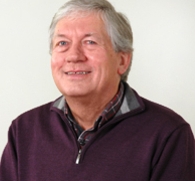
Christopher Bryant
Department of Urbanisation and Agricultural
Montreal university, USA -

Robert William Frare
Oral & Maxillofacial Pathology
New York University, USA -

Rudolph Modesto Navari
Gastroenterology and Hepatology
University of Alabama, UK -
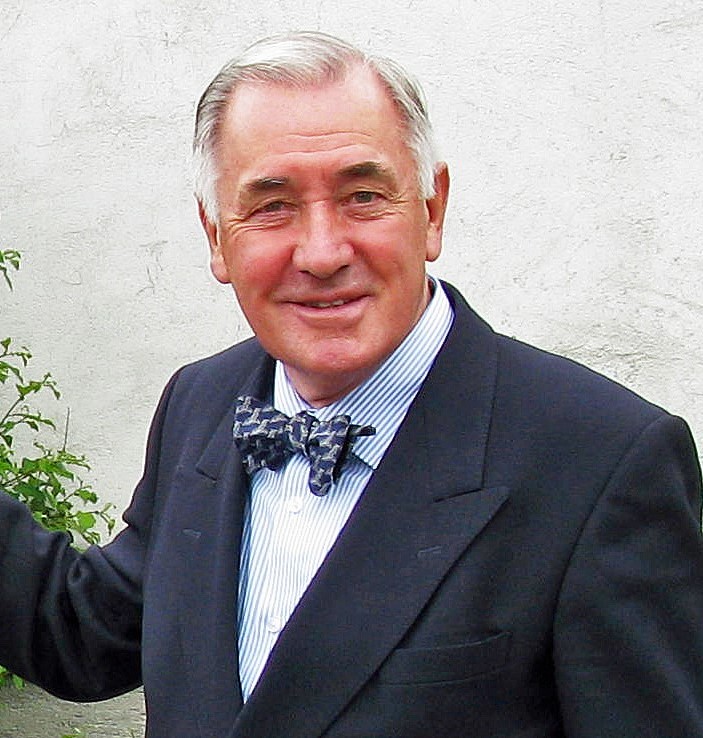
Andrew Hague
Department of Medicine
Universities of Bradford, UK -

George Gregory Buttigieg
Maltese College of Obstetrics and Gynaecology, Europe -
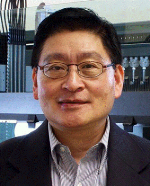
Chen-Hsiung Yeh
Oncology
Circulogene Theranostics, England -
.png)
Emilio Bucio-Carrillo
Radiation Chemistry
National University of Mexico, USA -
.jpg)
Casey J Grenier
Analytical Chemistry
Wentworth Institute of Technology, USA -
Hany Atalah
Minimally Invasive Surgery
Mercer University school of Medicine, USA -
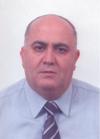
Abu-Hussein Muhamad
Pediatric Dentistry
University of Athens , Greece

The annual scholar awards from Lupine Publishers honor a selected number Read More...














